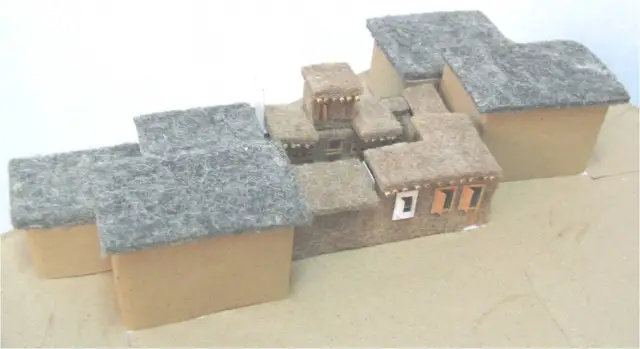
Vernacular Architecture of Kabul (Architectural Model by Student)
SOME INFORMATION ABOUT SITE:
- Location: South Kabul, Qualacha
- Site location: Near Bala Hissar
- Land form: Slope of Sher Darwaza mountain
- Building type: Courtyard house
- The number of family members: 8
- Owner: Mohammad Hassan, Shopkeeper
- District no1, Old city
- Family structure: husband and wife, grand father,3 daughters, 2 sons
CLIMATIC RESPONSE
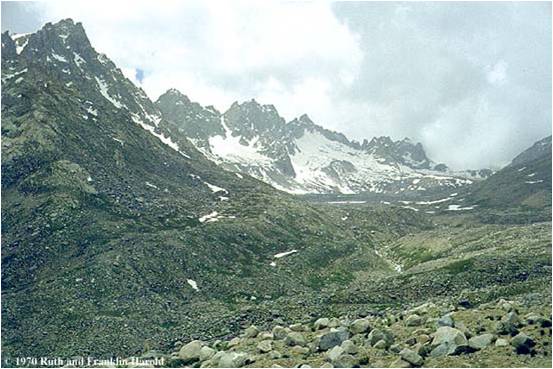
- This traditional house has been made with mud which is a good insulation material.
- All the windows are facing south side to gain the maximum amount of sunlight during the winters.
- The flat roof gives an opportunity for the family to make dry fruits and dry vegetables, and for the males of this house to sleep in summers.
- Clustered buildings of this residential area are sharing walls to reduce exposure to cold winds.
PLANS AND ELEVATIONS:
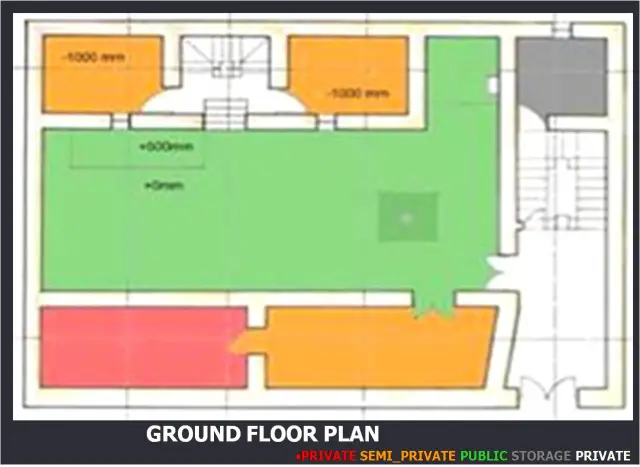
Ground Floor Plan
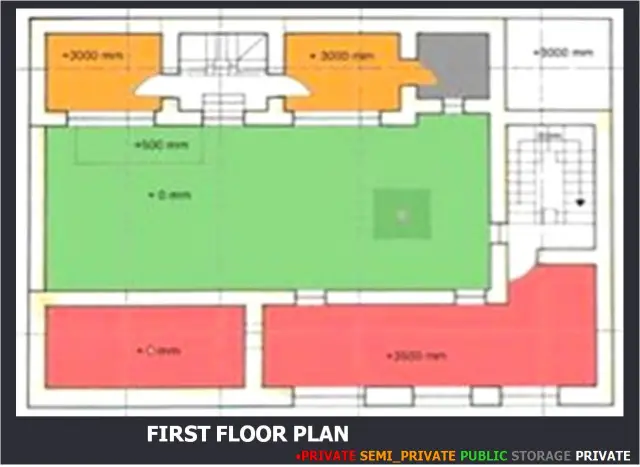
First Floor Plan
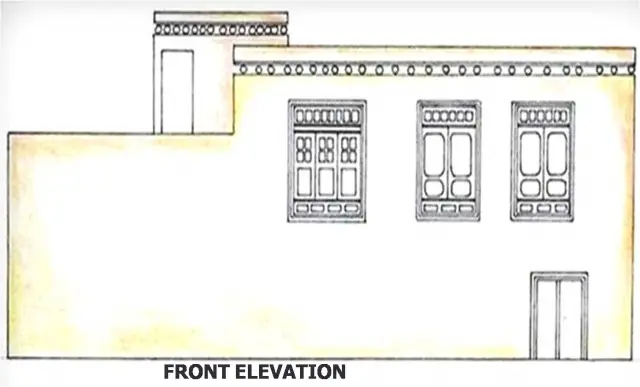
Front Elevation
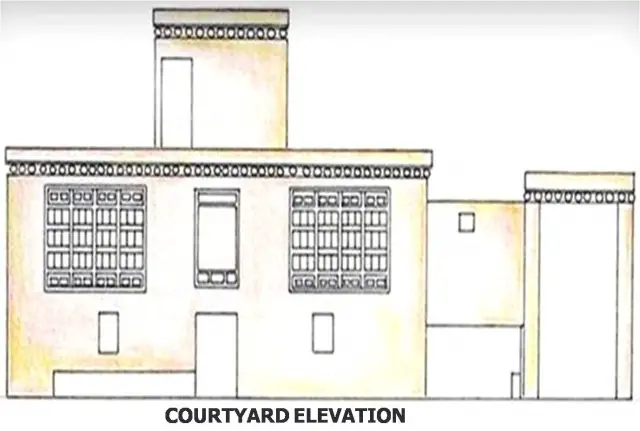
Courtyard Elevation
SOME IMPORTANT SPACES
1. KITCHEN
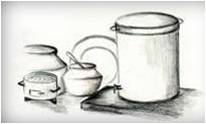
- The kitchen in this house is a small room in which they just store dishes.
- It is the space which is used only by women.
- The cooking process is done the courtyard.
- They make their bread in tandoor (clay oven).
2. LIVING ROOMS
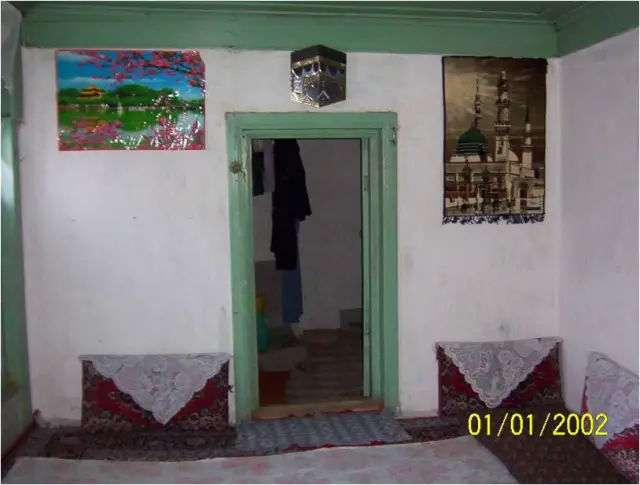
- The living rooms are covered with mattresses, and the family members can use these two rooms as their sleeping rooms and dining room also.
- There is an image of kaba right on the top of the door which is the symbol of Islam.
3. MEHMANKHANA
- Mehmankhana is a room for male guests, and it doesn’t have connection to the courtyard and has a direct way to the entrance via the staircase.
- Being a conservative family the men are not allowed to go inside the house and ladies can’t come to mehmankhana.
4. TANDOORKHANA
- Tandoor or a clay oven has been made inside the house for ladies to bake the naan.
- They can also make food there especially when it is cold.
5. WASHING ROOM
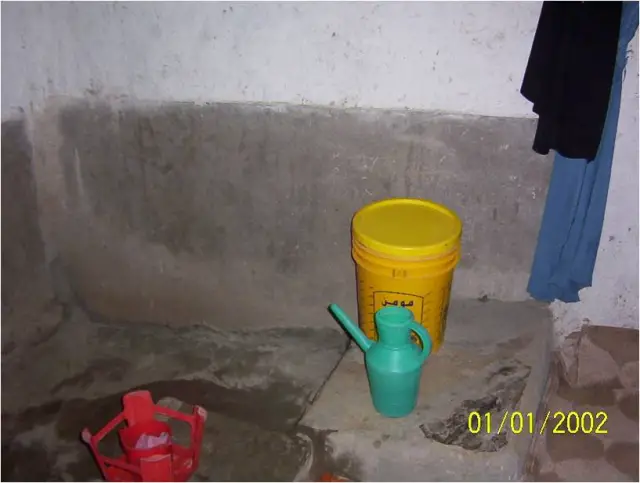
Here the girls and ladies are washing the clothes in the cold weather.
In summers they will wash the clothes in the courtyard.
6. THE STAIRCASE
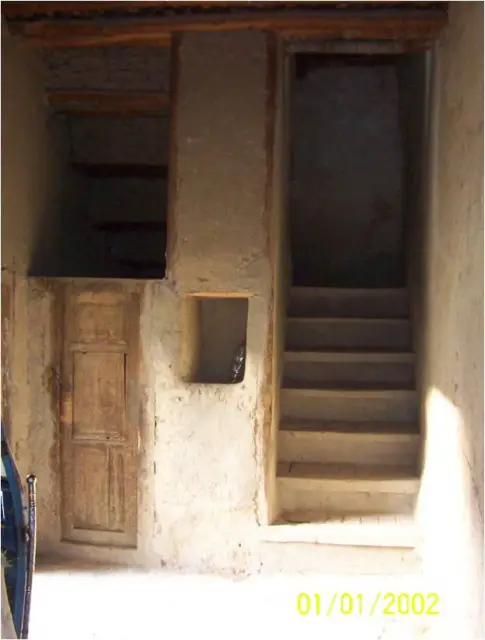
- The steep staircase connects the mehmankhana to the entrance.
- It is made of timber and mud.
BUILDING MATERIAL
- This house is made with mud, timber,and clay which are the local materials andthey are cheap.
- They used to cover the window from outside so it will protect the rooms from cold wind.
VIEW OF THE PLACE
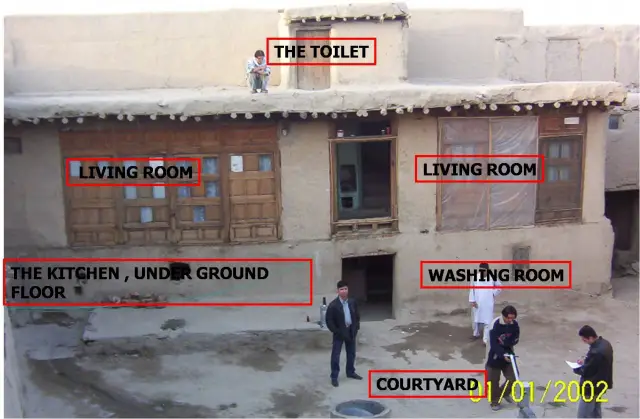
- There are few facts which respond to the present lifestyle needs in Kabul.
- The flat roof.
- The lighting system and the size of the windows.
- The concept of courtyard, not because of the climatic effect, but because of an open space especially for the females, which is social effect.
- The closeness of the houses makes the family of the neighboring houses so close together.
- The material which has been used are economic.
- The orientation of the building.
- Definition and segregation of the spaces ,especially for male and female, to give them more privacy.
- The merits of the sites and spaces in the old historic quarter are:
- Historic quarters are close to the city and commercial centers.
- Shorter distance to work or to market and small scale industries.
- Link to social identity, and local art and architecture.
- And the opportunities existing in these are: better residential neighborhoods ,better livelihood and social interaction, integration of residential and commercial zones, and revitalization of the historic quarters.
- The choice of building materials used for houses and the techniques used to respond to the climatic challenges and the techniques used to make housing cost effective (the best cost/quality ratio) are all aspects which are too closely linked to culture and therefore have to be dealt with.
- To make a city plan sustainable in the long term, it must respond to such cultural requirements.
KABUL – THE HIGH LAND CITY
- The first historical account of an oasis around the Kabul river can be found in the 2000 BC ancient Indian hymn of rigvida, in which the region was called “Kabuha” or “Kabukha”.
- The city of Kabul originated 3500years ago. “Starbone” (a historian) from the first century BC called this city “Ortaspana” which means highland region.
- The fortress of Kabul is believed to have been constructed at the end of the third century.
KABUL AS A SETTELMENT
- Kabul as a settlement, has a long history.
- It was also attractive settlement in the medieval times.
- Kabul town, lying on the skirt of a mountain ,has a balanced relationship with an open terrain with agricultural, pastoral and wet lands.
- The interaction with the other cities and people coming to settle and rule this town also broth along architectural influences, styles and craftsmanship, which have actually added to the qualities of settlement in the old quarter of Kabul.
SETTLEMENT ORGANIZATION
- The historic quarters in Kabul were defined as clusters with intricate streets linking public and semi public spaces.
- Access within the neighborhoods is from the individual courtyard houses through semi private passages to the semi public streets and further to the public streets and spaces, while the open spaces in the neighborhoods were used as a play grounds.
- The clustered buildings sharing walls to reduce exposure to cold winds.
MAIN OCCUPATIONS
- Women are making handicrafts and most of them are at home.
- Men are busy with the work outside, such as independent sectors and governmental works.
- The major conglomeration of shops are in the main streets.
- The security of living together in groups of families ethnicity and proximity of jobs with government or private sectors of the independent vendor in the bazaar made the inhabitants very close together and it determines the link to the history, identity and the needs of the people in Kabul.
- The majority of people are shopkeepers, rarely farmers, craftsmen, and the main streets are flanked with shops, workshops, and display windows.
WHO BUILT THE CITY?
- Are cities built by architects and urban planners? No. The cities are not built by architects, they might define some forms, draw some shapes, tailor some outfits, but the real act of a building is done by the people, by the rich and poor, by the educated and illiterate, and in case of Kabul ,by the rural communities with all kinds of backgrounds and experiences, who had a very different spatial requirements than urban inhabitants.

I am a student in
I am a student in architectural department of engineering Faculty of Kabul university.
It is so useful for me and I think that solve our problems ant I want to thanks for your efforts about collection of these information about Kabul city